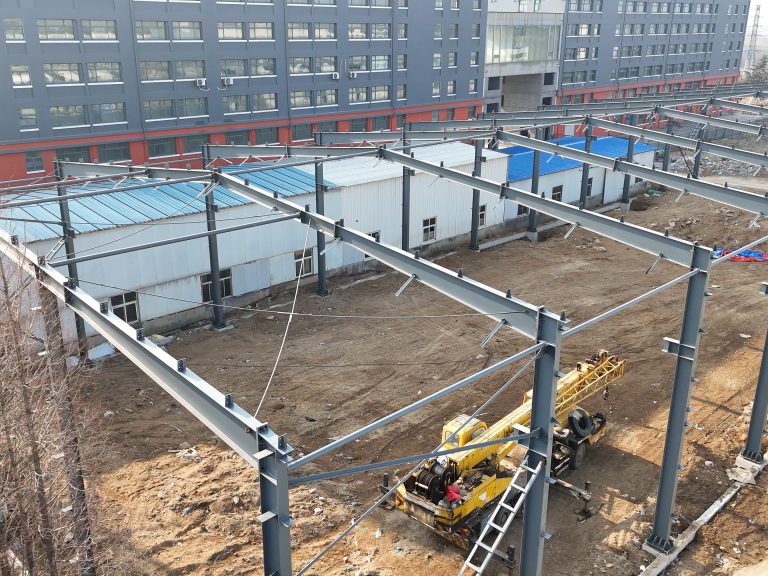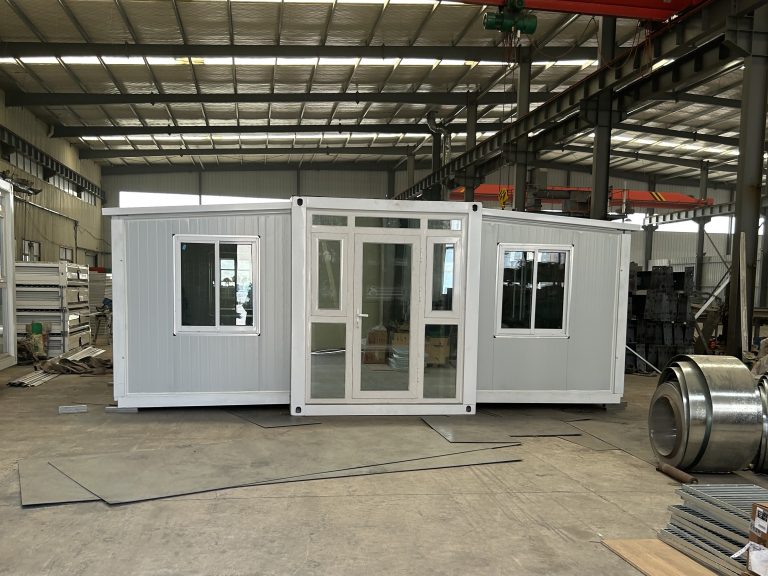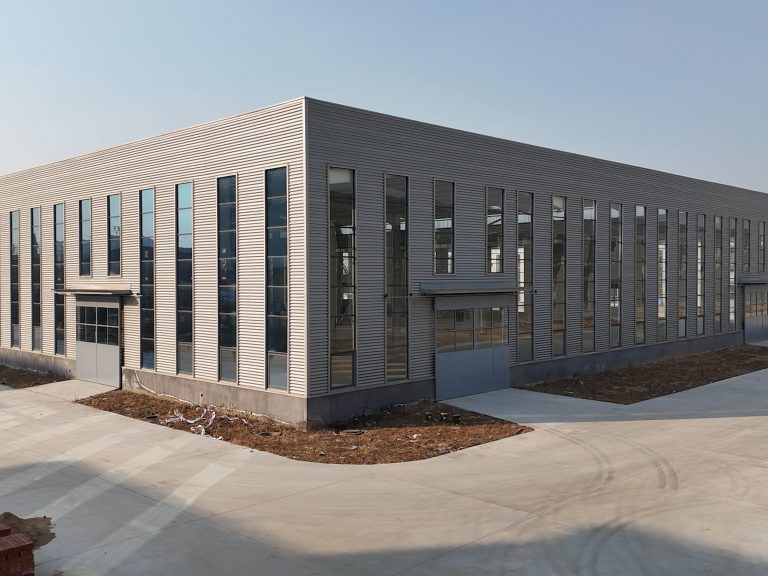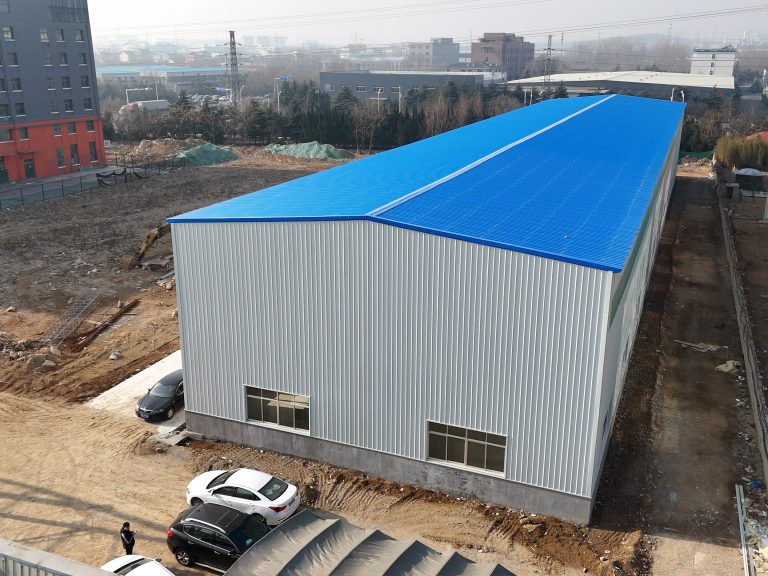Table of Contents
Steel Structure in Modern Art Museums
Steel structures have long been a staple in the construction industry due to their strength, durability, and versatility. In recent years, architects and designers have begun to explore innovative ways to incorporate steel structures into cultural architecture, particularly in the design of modern art museums. This trend has led to the creation of stunning and unique buildings that not only house priceless works of art but also serve as works of art in their own right.
One of the key advantages of using steel structures in modern art museums is their ability to create large, open spaces with minimal support columns. This allows for greater flexibility in the layout of the museum, as well as the ability to showcase large-scale installations and sculptures. The use of steel also allows for the incorporation of dramatic architectural features, such as cantilevered roofs and soaring atriums, that add to the overall aesthetic appeal of the building.
In addition to their aesthetic benefits, steel structures also offer practical advantages in the design of modern art museums. Steel is a highly sustainable material, as it can be recycled and reused indefinitely without losing its strength or durability. This makes it an ideal choice for architects and designers who are looking to create environmentally friendly buildings. Steel structures are also highly resistant to fire, earthquakes, and other natural disasters, making them a safe and reliable choice for cultural institutions that house valuable and irreplaceable works of art.
One example of a modern art museum that showcases the innovative use of steel structures is the Guggenheim Museum Bilbao in Spain. Designed by renowned architect Frank Gehry, the museum features a striking exterior made up of curved steel panels that seem to defy gravity. The use of steel in the design of the museum allowed Gehry to create a building that is both visually stunning and structurally sound, with large open galleries that provide the perfect backdrop for the museum’s collection of contemporary art.
Another example of a modern art museum that makes use of steel structures is the Broad Museum in Los Angeles. Designed by architecture firm Diller Scofidio + Renfro, the museum features a distinctive “veil” made of perforated steel panels that wraps around the building, creating a sense of transparency and lightness. The use of steel in the design of the museum allowed the architects to create a building that is both elegant and functional, with large open galleries that provide ample space for displaying the museum’s collection of modern and contemporary art.
In conclusion, the innovative application of steel structures in cultural architecture, particularly in the design of modern art museums, has led to the creation of some of the most iconic and visually striking buildings in the world. Steel structures offer architects and designers a wide range of possibilities for creating unique and innovative spaces that not only showcase works of art but also serve as works of art themselves. As the use of steel continues to evolve and expand in the field of architecture, we can expect to see even more groundbreaking and inspiring designs that push the boundaries of what is possible in cultural architecture.
Steel Framework in Contemporary Performing Arts Centers
Steel has long been a staple material in the construction industry due to its strength, durability, and versatility. In recent years, architects and designers have been pushing the boundaries of steel’s capabilities by incorporating it into cultural architecture projects. One area where steel has been particularly innovative is in the construction of contemporary performing arts centers.
One of the key advantages of using steel in performing arts centers is its ability to create large, open spaces without the need for supporting columns or walls. This allows for greater flexibility in the design of the performance space, as well as improved sightlines for the audience. Steel beams can span long distances, allowing for expansive, column-free auditoriums that can accommodate a wide range of performances.
In addition to its structural benefits, steel also offers aesthetic advantages in cultural architecture. The sleek, modern look of steel can complement the design of a performing arts center, creating a visually striking and contemporary building. Steel can be used in a variety of ways, from exposed structural elements to decorative finishes, allowing architects to create unique and innovative spaces that reflect the artistic vision of the performance venue.
One example of a performing arts center that showcases the innovative use of steel is the Walt Disney Concert Hall in Los Angeles, designed by architect Frank Gehry. The concert hall features a distinctive stainless steel exterior that reflects the surrounding cityscape, creating a dynamic and visually engaging facade. Inside, the concert hall’s steel framework supports the iconic curved walls and ceilings, creating a sense of movement and fluidity that enhances the acoustics of the space.
Another example of a performing arts center that utilizes steel in a creative way is the Kauffman Center for the Performing Arts in Kansas City, designed by architect Moshe Safdie. The center’s dramatic steel roof structure spans over the performance spaces, creating a sense of openness and lightness that complements the grandeur of the auditoriums. The use of steel in the design of the Kauffman Center not only provides structural support but also adds a sense of drama and elegance to the overall aesthetic of the building.
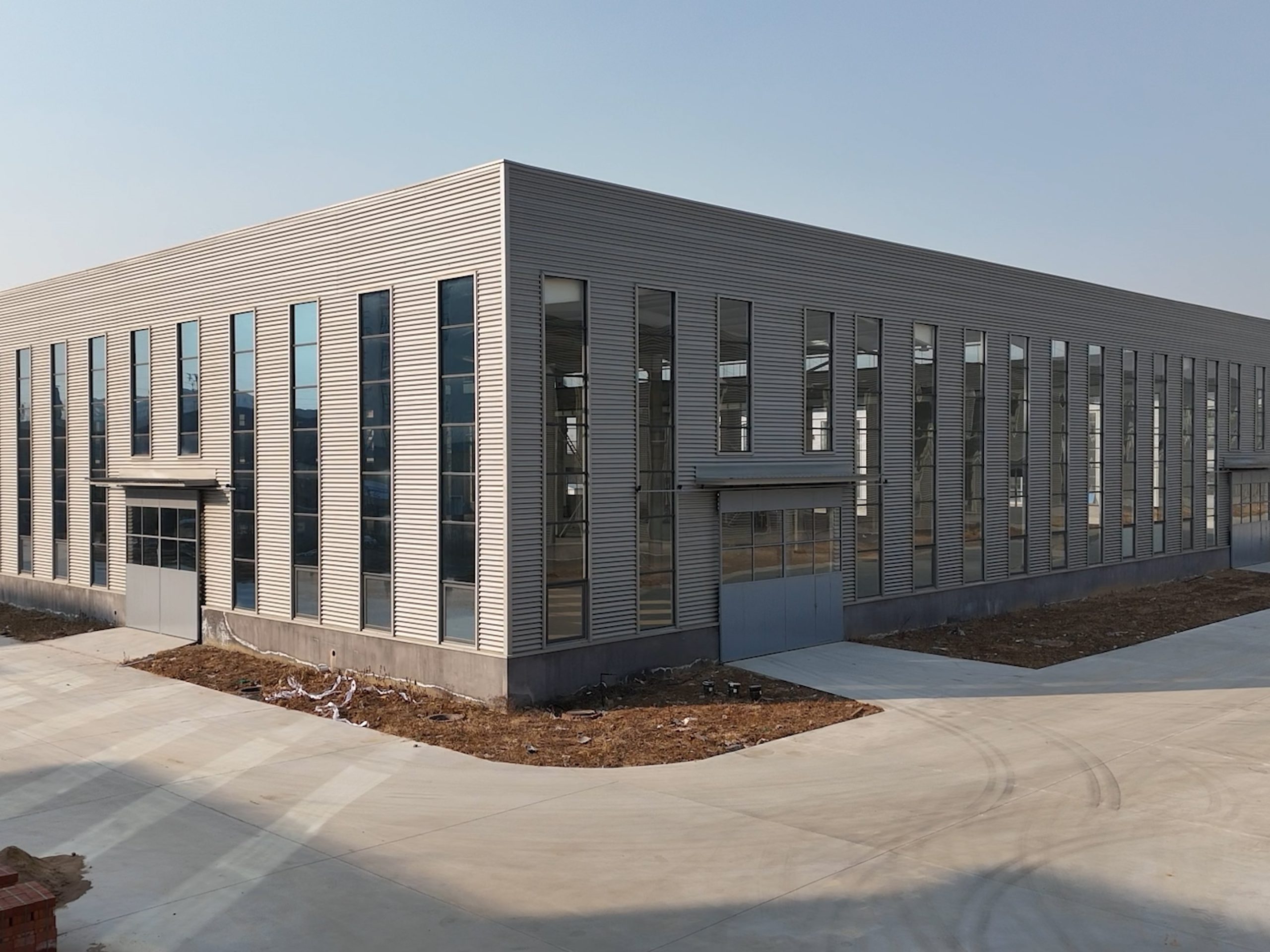
Innovative applications of steel in cultural architecture are not limited to large-scale projects like concert halls and performing arts centers. Steel can also be used in smaller, more intimate spaces such as theaters, galleries, and museums. The flexibility of steel allows for creative and unique design solutions that can enhance the functionality and beauty of these cultural venues.
In conclusion, the innovative application of steel in cultural architecture, particularly in performing arts centers, has opened up new possibilities for architects and designers to create dynamic and visually stunning spaces. The strength, durability, and versatility of steel make it an ideal material for creating large, open performance spaces that can accommodate a wide range of artistic performances. From iconic concert halls to intimate theaters, steel has become an essential element in the design of contemporary cultural architecture, pushing the boundaries of what is possible in the world of performing arts.

